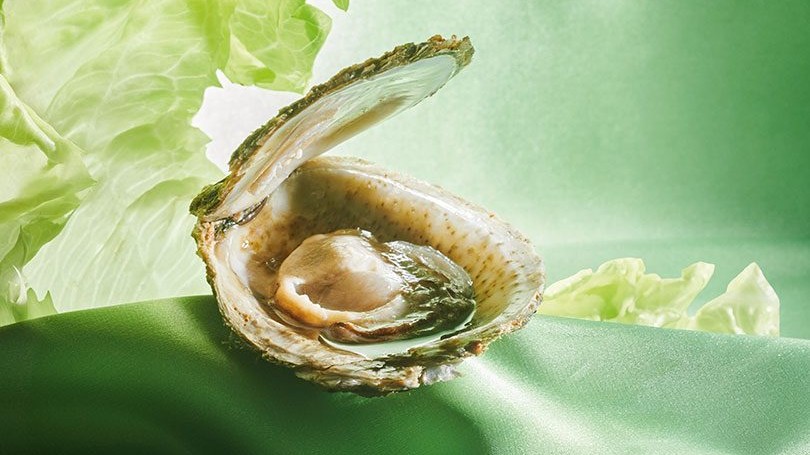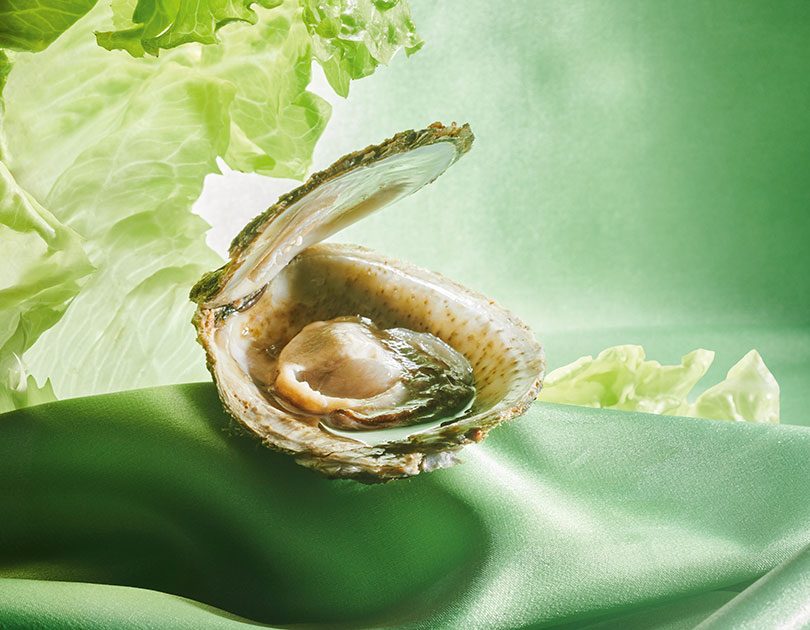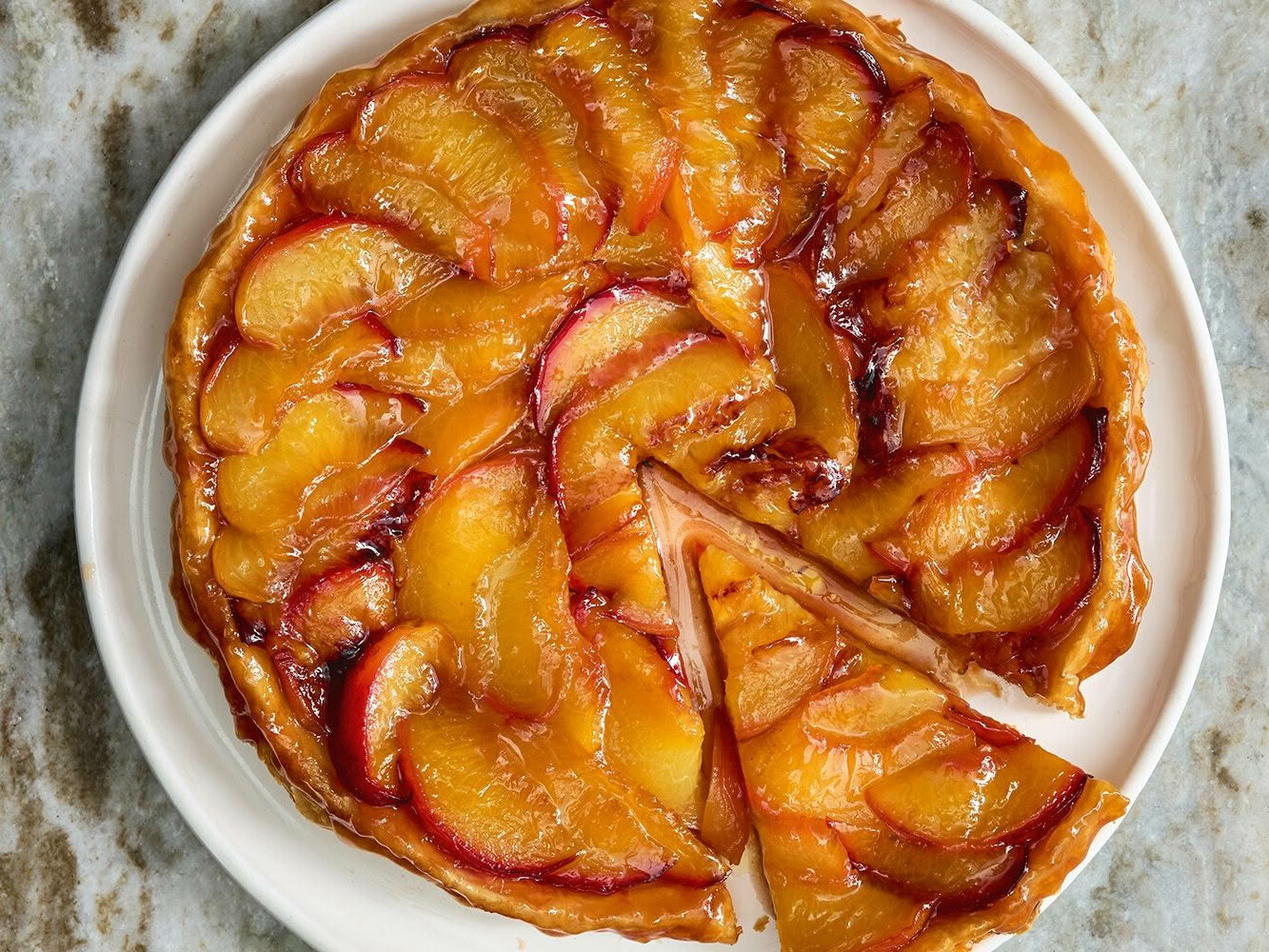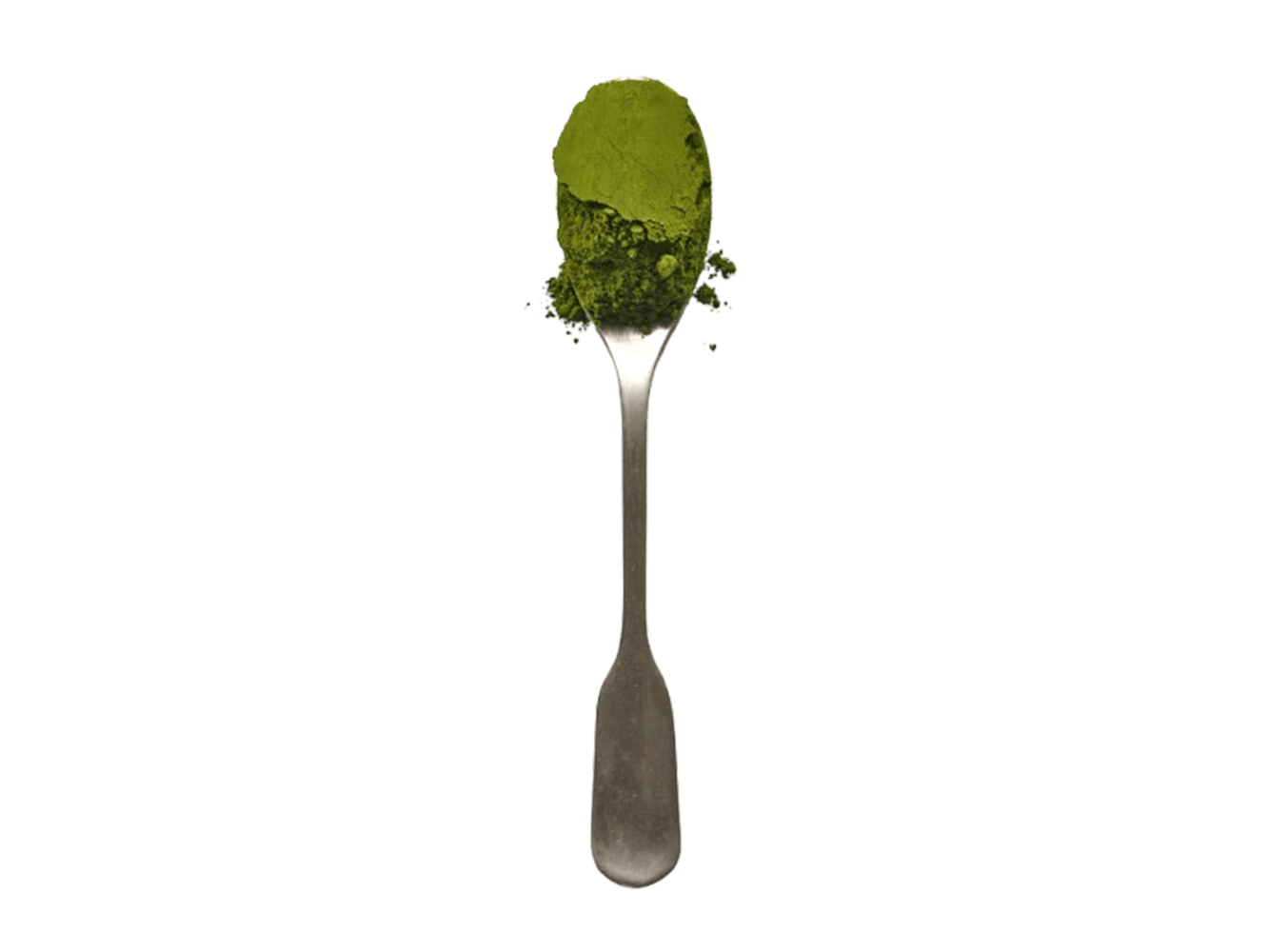The western entrance to Foveaux Strait is the most exposed coastal area in Aotearoa. Large oceanic swells feed into this high-energy environment, allegedly the roughest, most dangerous stretch of water on the planet. Severe south-westerly storms with wind-driven currents move vast amounts of sediment, determining the composition of the seabed and shaping the habitats within the Strait: habitats characterised by highly mobile fine gravel and sand and, usually, no animals or plants. Gradually, the central and south-eastern Strait becomes sheltered from the swells and tide by Rakiura Stewart Island. Normally, the warm subtropical waters of the southland current support a high production of phytoplankton and the strong tides of Foveaux Strait ensure this is all well mixed, providing a habitat for one of the world’s greatest delicacies: the highly regarded Bluff oyster. The other, more debatable, delicacy is the tītī or muttonbird.
It was one day in 1861 that Willie Calder’s great-great-grandfather set out under sail into the turbulent waters of Foveaux Strait and beached his boat in Oyster Cove, Port Adventure, where he shovelled six tons of oysters on board by hand and took them to Dunedin to sell. And so began a fishing industry that Willie and his family have continued ever since. Willie himself has been an oysterman for 49 years, still fishing the same grounds as his ancestors. He’s seen a few changes in that time with some good years and some bad years. And while the early 1970s wasn’t so great, the past two years have been the worst he’s ever seen. He says the lack of muttonbirds was the first sign that the 2023 season wasn’t going to be so good.
It’s not dredging that’s doing the damage, or the parasite Bonamia, but the climate. He reckons the oysters are starving, with the lack of food caused by all the fine weather that the easterly winds have brought. What Willie, the muttonbirds and the oysters want is decent rainfall and a bloody good south-westerly to blow the phytoplankton – the grass of the sea – into the Strait.
Twenty-three boats used to fish the Strait, each with a crew of five. Now there are nine boats. They used to fish 92 million oysters, now it’s 7.5 million, a voluntary reduction in total catch by the industry itself. Out of a stock area of some 3300 square kilometres, only 10 square kilometres is fished, so the footprint of the fishery is very small.
Every five years a stock assessment survey is done. The last one was in February 2023 and it showed a decline in numbers. A good El Niño year could help, but it takes an oyster 3-4 years to reach the legal 58mm diameter. Environmental changes on land have been suggested as a possible cause of the decline in productivity. Without a doubt, more data is required to fully understand a complex fishery.
Running a 430kg steel dredge could be seen as an environmental disaster but some studies have shown that dredging increases the productivity of oyster beds by stimulating growth and extending the habitat. And 83% of the time the dredge doesn’t sit on the seabed as the pressure wave it causes holds it off the bottom. It’s hard to see how else oysters could be harvested; other methods are not considered viable given the depth at which most beds are found and that the conditions are not suitable for diving.
Leaving Bluff around 4am, on the way out to the oyster grounds Willie and his crew will drop off a pot to catch some blue cod, which they pick up on their return home after the day’s fishing. Even after all these years, he says it’s still a great life. And after spending some time on the oyster boats myself in the kind of weather that makes Deadliest Catch look like a pleasant day at sea, I will never, ever, begrudge paying for a dozen ‘Bluffies’.







